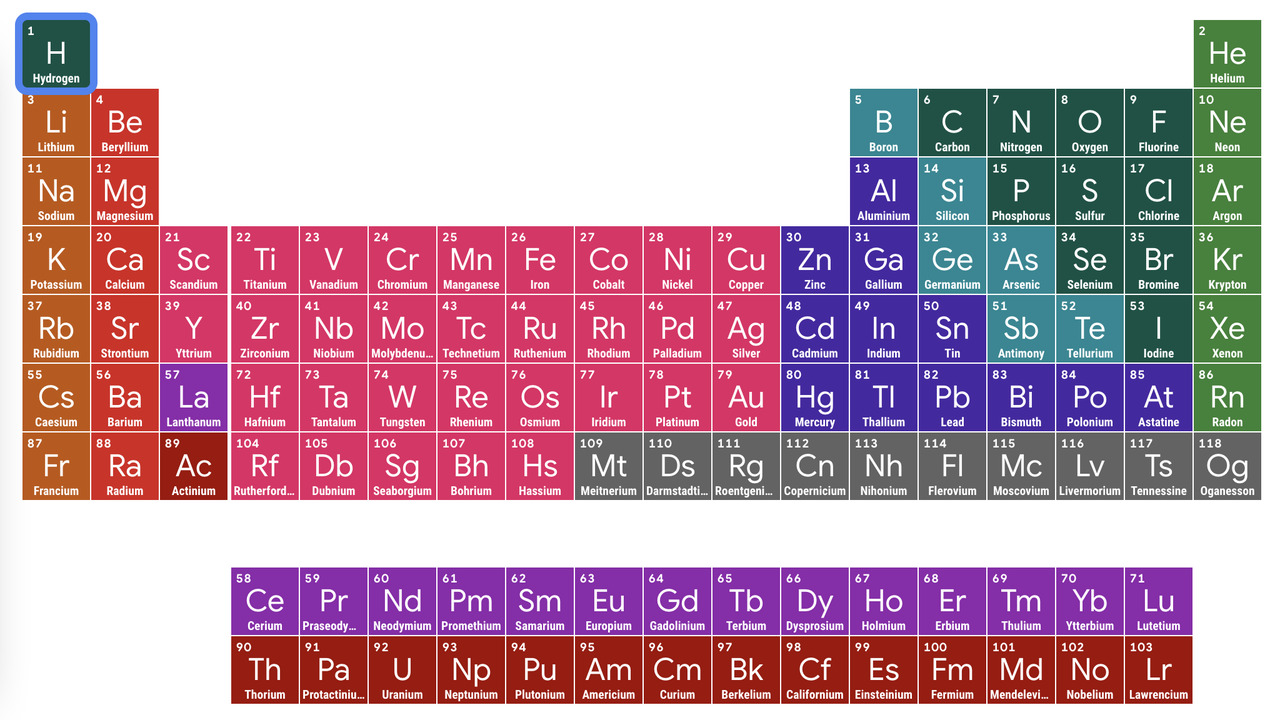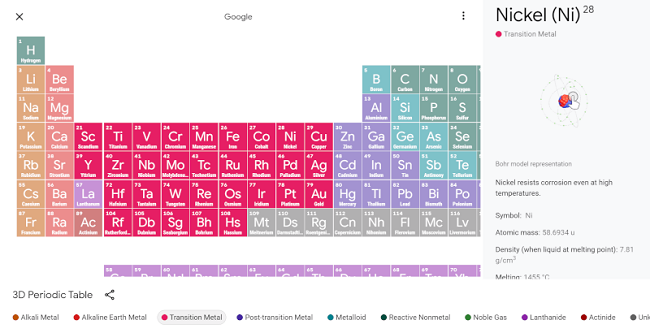Google gets closer to chemistry with its interactive periodic table

Google is constantly working on new ways to make it easier to navigate and receive information just by putting a term in its search box. One of his most recent projects rests on the classical periodic table and gives it an interactive environment that will surely be of much more interest to those who are learning about chemistry.
This project is part of Google’s Artsexperiments initiative that tries to improve access to online content without having to resort to external sources. Previously we have known other developments of the Californian firm for its search engine, such was the case of Talk to Books, a search engine for books with quotes and phrases based on a data source of more than 10,000 works in different languages.
Google adds 3D elements to the periodic table: Google gets closer to chemistry with its interactive periodic table

Google facilitates the ways to access basic content
To make use of this new feature, you just have to use the Google search engine and write (currently only available in English) “periodic table” so that a box with the periodic table appears on the right margin of the screen. Another way to use it is to directly access the official link from any browser.
As you can see in the images that accompany the news, the design is quite classic and at first glance it could be confused with any model of the periodic table that has been seen on the internet for decades. However, touching on any of its elements opens a 3D representation with great detail.
Thus, users can appreciate how each electronic configuration moves in circular orbits around the nucleus and only have to use the fingers on a touch screen or the mouse on the computer to change the angle of observation of the molecular structure.
Finally, detailed information on each element is not lacking, including its symbol, atomic mass, melting point, year of discovery and the scientist responsible for it, and even a small description. For example, if it rests on hydrogen, it indicates that it is the most common element in the universe, present in more than 75% of its mass.







